| << Chapter < Page | Chapter >> Page > |
In Grade 3 learners continue to expand their vocabulary by listening and reading a variety of texts such as poem, stories, riddles and doing word puzzles.
These modules consolidate and revise the vocabulary and phonics introduced in Grade 2. More opportunities are given for written work producing longer texts of more varied kinds. Learners should not be afraid to make mistakes as the building of confidence and fluency should take priority above perfect written work.
Time scheduled for the modules
All learners should work through all eight modules as the phonics and spelling requirements are spread over these modules. The educator should however allow learners to complete them at their own pace namely ± two modules per term.
The story of “The Sly Old Fox” gives learners the opportunity to discuss such moral issues as honesty, truthfulness and faithfulness.
Learners write the dialogue between the characters.
A graph is kept for recording results of future spelling tests.
They read a factual article on crabs and make up their own story stimulated by a picture.
Integration of themes
We have a responsibility towards our friends. We need to be loyal, honest and helpful.

| Numberof wordscorrect | Date | ||||||||||
| 10 | |||||||||||
| 9 | |||||||||||
| 8 | |||||||||||
| 7 | |||||||||||
| 6 | |||||||||||
| 5 | |||||||||||
| 4 | |||||||||||
| 3 | |||||||||||
| 2 | |||||||||||
| 1 |
| LO 5.3.1 | LO 5.3.2 |


| LO 4.1 | LO 4.3 |

| LO 1.1.6 | LO 2.10 | LO 5.2 | LO 5.2.2 |

“To be a real friend means . . . . . . . .

| LO 1.1.2 | LO 1.1.6 | LO 2.1 | LO 6.6 |


| LO 4.1 | LO 4.3 |
1 across: The food is in the ……………………………………………………………
1 down: Dad likes his j……………………………………………………………….

1 across: The rabbit can ………………………………………………………………...


1 across: Baby sleeps in a ………………………………………………………………
1 down: The food is …………………………………………………………………..
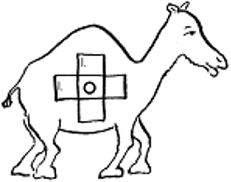
1 across: The ………………………………………………………………..…. is sly.
1 down: Keep the pen in the …………………………………………………………
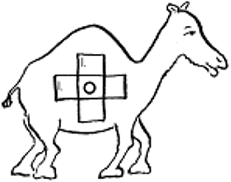
Read the clues.
1 across: I ……………………………………………………………… my head.
1 down: He has a …………………………………………………….. of sweets.
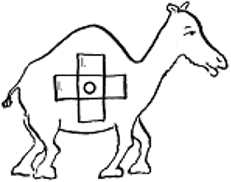
1 across: The man will ………………………………………………………. the bank.
1 down: Can you hear Baby ……………………………………………………………
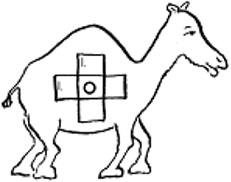
1 across: The apple will …………………………………………………… on the tree.
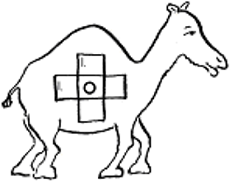
| LO 4.1 | LO 4.3 |
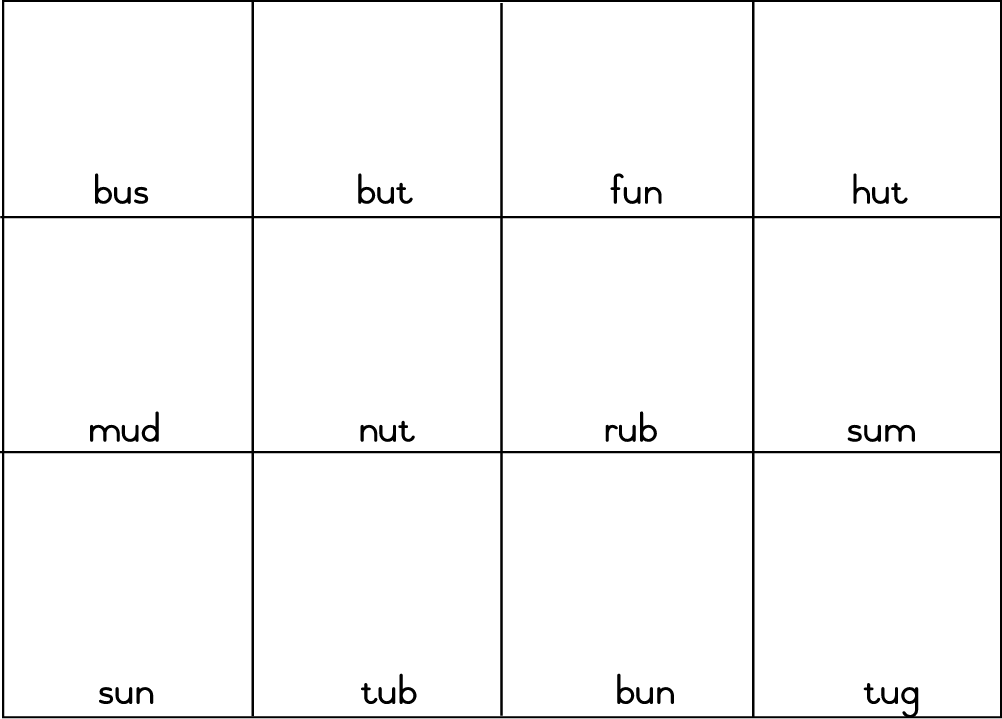
1. They go to town by …………………………………………………………….
2. We had a lot of …………………………………………………………………
3. I had one ………………………………………………………………… right.
4. I eat a …………………………………………………………………………...
5. The ………………………………………………………….. will shine today.
| LO 1.5.1 | LO 4.1 |
Learning Outcome 1: LISTENING : The learner will be able to listen for information and enjoyment, and respond appropriately and critically in a wide range of situations.
Assessment Standard 1.1: We know this when the learner shows understanding of stories:
1.1.2 answers literal comprehension questions (e.g. true/false questions);
1.1.6 expresses feelings about the story;
Assessment Standard 1.5: We know this when the learner develops phonic awareness:
1.5.1 distinguishes between different vowel sounds that are important for reading and writing (e.g. ‘u’ and ‘ur’ in ‘hut’ and ‘hurt’):
Learning Outcome 2: SPEAKING : The learner is able to communicate confidently and effectively in spoken language in a wide range of situations.
Assessment Standard 2.1: We know this when the learner answers questions using words and phrases:
Assessment Standard 2.10: We know this when the learner participates in a conversation on a familiar topic:
Learning Outcome 4: WRITING : The learner will be able to write different kinds of factual and imaginative texts for a wide range of purposes.
Assessment Standard 4.1: We know this when the learner writes individual words such as labels:
Assessment Standard 4.3: We know this when the learner spells common words correctly:
Learning Outcome 5: THINKING AND REASONING : The learner is able to use language to think and reason, and access, process and use information for learning.
Assessment Standard 5.2: We know this when the learner uses language for thinking and problem-solving;
5.2.2 discusses and solves problems in group (e.g. ‘how can we keep our environment clean?’);
Assessment Standard 5.3: We know this when the learner collects and records information in different ways:
5.3.1 carries out a simple survey (e.g. how learners come to school ― by taxi, bus, car, bicycle or on foot?’);
5.3.2 records information in different ways (e.g. a table, chart a diagram, a bar graph);
Learning Outcome 6: GRAMMAR AND VOCABULARY : The learner knows and is able to use the sounds, vocabulary and grammar of the language to create and interpret texts.
Assessment Standard 6.6: We know this when the learner understands some adjectives (e.g. bored, tired).

Notification Switch
Would you like to follow the 'English first additional language grade 3' conversation and receive update notifications?